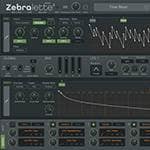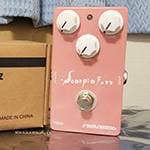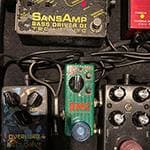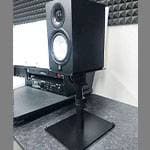Hello, this is Conservario.
When you start to understand the ukulele to some extent, there comes a time when you wonder, "Do I need a strap?"
A strap is a kind of tool—a cord or band—that supports the ukulele. It's the thing that hooks onto the sound hole and rests behind your neck to provide support.
There are various types of straps and ways to attach them.
In this article, we’ll introduce how to use a strap, as well as its advantages and disadvantages.
How to Use
The most common type hooks onto the bottom part of the ukulele's sound hole. You then pass your head through the strap, letting it rest behind your neck for support.
It’s a bit hard to explain in words, but if you search for “ukulele strap,” you’ll quickly find clear images that make it easy to understand.
There are also types designed to attach to protrusions called pins, which are installed on the ukulele specifically for straps. However, most ukuleles don’t come with pins, so you may need to have them installed at a repair shop.
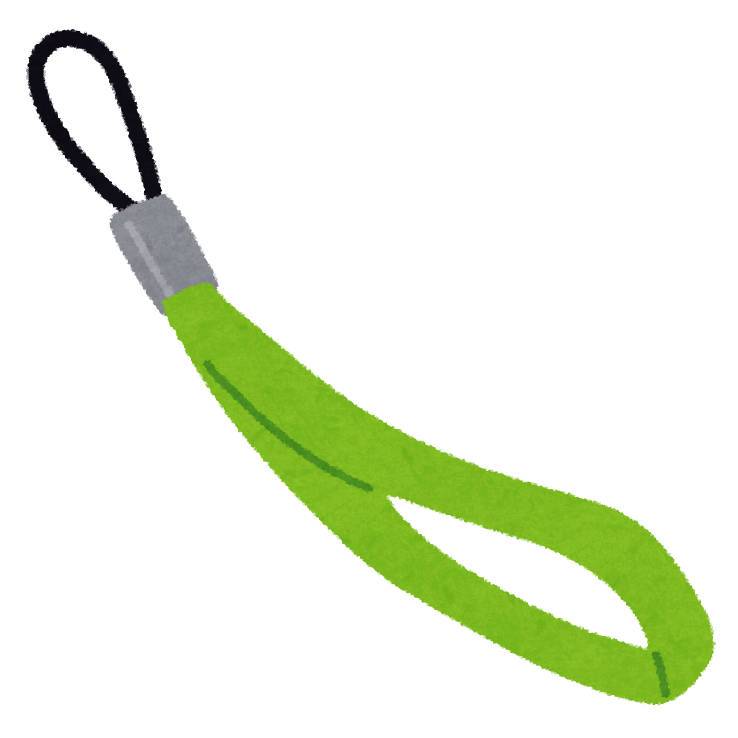
So, why do some people choose to use a strap?
Conversely, many others prefer not to use one.
This is because using a strap comes with both advantages and disadvantages.
Advantage 1: Stability
This becomes immediately clear when you use a strap.
Whether your right or left hand moves away from the ukulele, the instrument stays in its original position. This is a significant benefit.
Many beginners struggle with the ukulele shifting in position or angle as they change chords or strum. Ideally, proper form should prevent this, but when tackling difficult pieces, it’s easy to focus solely on your fingers and let your posture slip.
For those in this situation, using a strap can make playing much easier and enable them to take on a wider variety of songs.
Advantage 2: Easier to Play While Standing
Similar to the stability benefit, using a strap makes it much easier to play while standing.
Playing while seated and playing while standing are completely different experiences. For example, those who rely on resting the ukulele’s body on their lap while seated may find themselves unable to play at all when standing.
When standing, you need to fully support the ukulele with both your right and left hands, making it difficult to maintain proper positioning. The instrument may gradually slip downward as you play.
However, even in such cases, using a strap eliminates the need to worry about the ukulele's position, allowing you to focus entirely on your performance.
If you’re planning to perform at a recital or live event where no chair is available on stage, what would you do?
Having a strap on hand for such situations could be a lifesaver.
So far, we’ve only discussed the benefits of using a strap.
However, as I mentioned earlier, straps come with both advantages and disadvantages.
I’d like to share not only my own opinions but also insights from professionals who are actively working in the field.
Disadvantage 1: Limits Flexibility in Playing
This point is essentially the opposite of the "stability" benefit mentioned earlier.
To put it bluntly, if your ukulele's position is unstable while playing, it likely indicates an issue with the form of your right or left hand. Even if a strap stabilizes the ukulele's position, your improper form will remain unchanged. Eventually, this will become a significant obstacle.
If your form is correct, the ukulele shouldn’t shift unnecessarily, even without a strap.
Moreover, if the ukulele "doesn't move," it also means you "can’t move it." In certain situations, such as stretching for difficult chords or switching between complex strumming and single-note picking, it’s actually easier to play when you can adjust the instrument's position.
While a strap doesn’t make these techniques impossible, it can feel restrictive and less natural.
Advanced players, in particular, should carefully consider whether or not to use a strap, as it may limit certain aspects of their playing style.
Disadvantage 2: Potential for Damage to the Ukulele
This is the main reason I don’t use a strap.
Hooking a strap onto the sound hole inevitably causes scratches where the hook attaches. Additionally, the sound of the strap's cord hitting the ukulele during performance can be distracting.
I once considered using a strap that attaches to pins instead of hooking onto the sound hole. However, since I specifically chose a ukulele without pins, installing them would require modifications.
I love the appearance and sound of my ukulele as it is, so I decided against making any alterations. In the end, I concluded that I didn’t need a strap, as I can play comfortably with the instrument in place whether sitting or standing.
One important caution for those who do use a strap is the risk of dropping the ukulele. I’ve seen countless instances where someone, thinking the ukulele is secure with the strap, lets go with both hands to adjust a capo or sheet music, only to have the ukulele fall to the floor.
Such accidents can result in costly repairs, and if it happens just before a live performance, it could mean canceling the event altogether.
Even with a strap, always make sure to support the ukulele with at least one hand.
We’ve covered the pros and cons of ukulele straps. Since ukulele straps are often cheaper than a tuner, it’s worth giving one a try if you’ve never used one before.
After using it, you can decide whether or not it suits your playing style.
Thank you for reading to the end!
The column “sound & person” is made possible by your contributions.
For more information about submissions, click here.









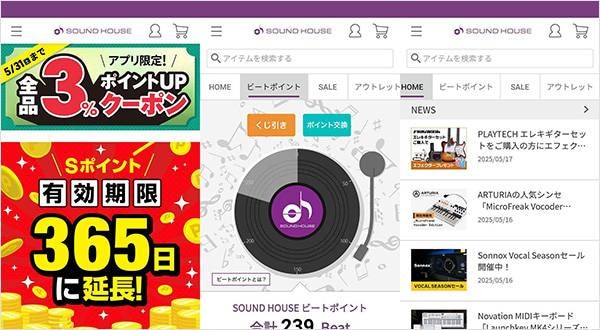
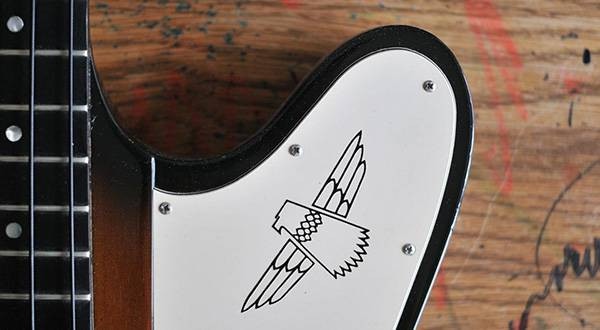
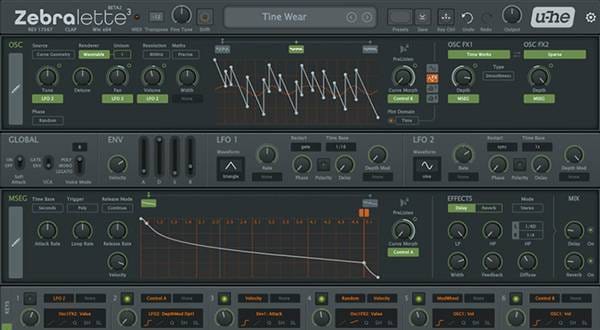


![[Enjoy the Ukulele Even More!] Listen to Skilled Musicians Play](/contents/uploads/thumbs/5/2022/3/20220328_5_17282_1.jpg)
![[Enjoy the Ukulele Even More!] Are You Practicing A Lot, But Still Can’t Get the Chords to Sound Good?](/contents/uploads/thumbs/5/2022/3/20220328_5_17277_1.jpg)
![[Enjoy the Ukulele Even More!] Mastering Downstrokes and Upstrokes](/contents/uploads/thumbs/5/2022/3/20220328_5_17270_1.jpg)
![[Enjoy the Ukulele Even More!] What to Do When Your Favorite Song Seems Too Difficult](/contents/uploads/thumbs/5/2022/3/20220328_5_17261_1.jpg)
![[Enjoy the Ukulele Even More!] How to Make the Most of Instructional Books and Lesson Videos](/contents/uploads/thumbs/5/2022/3/20220325_5_17245_1.jpg)
![[Enjoy the Ukulele Even More!] Hacks to Keep Your Strings Going Longer](/contents/uploads/thumbs/5/2022/3/20220317_5_17094_1.jpg)
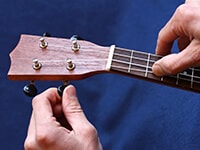 ウクレレのチューニング方法
ウクレレのチューニング方法
 ウクレレの各部名称
ウクレレの各部名称
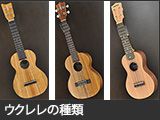 ウクレレの種類
ウクレレの種類
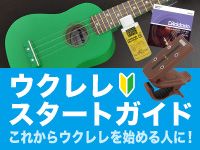 ウクレレスタートガイド
ウクレレスタートガイド
 めちゃラク!ギター講座
めちゃラク!ギター講座
 ウクレレ初心者講座
ウクレレ初心者講座


